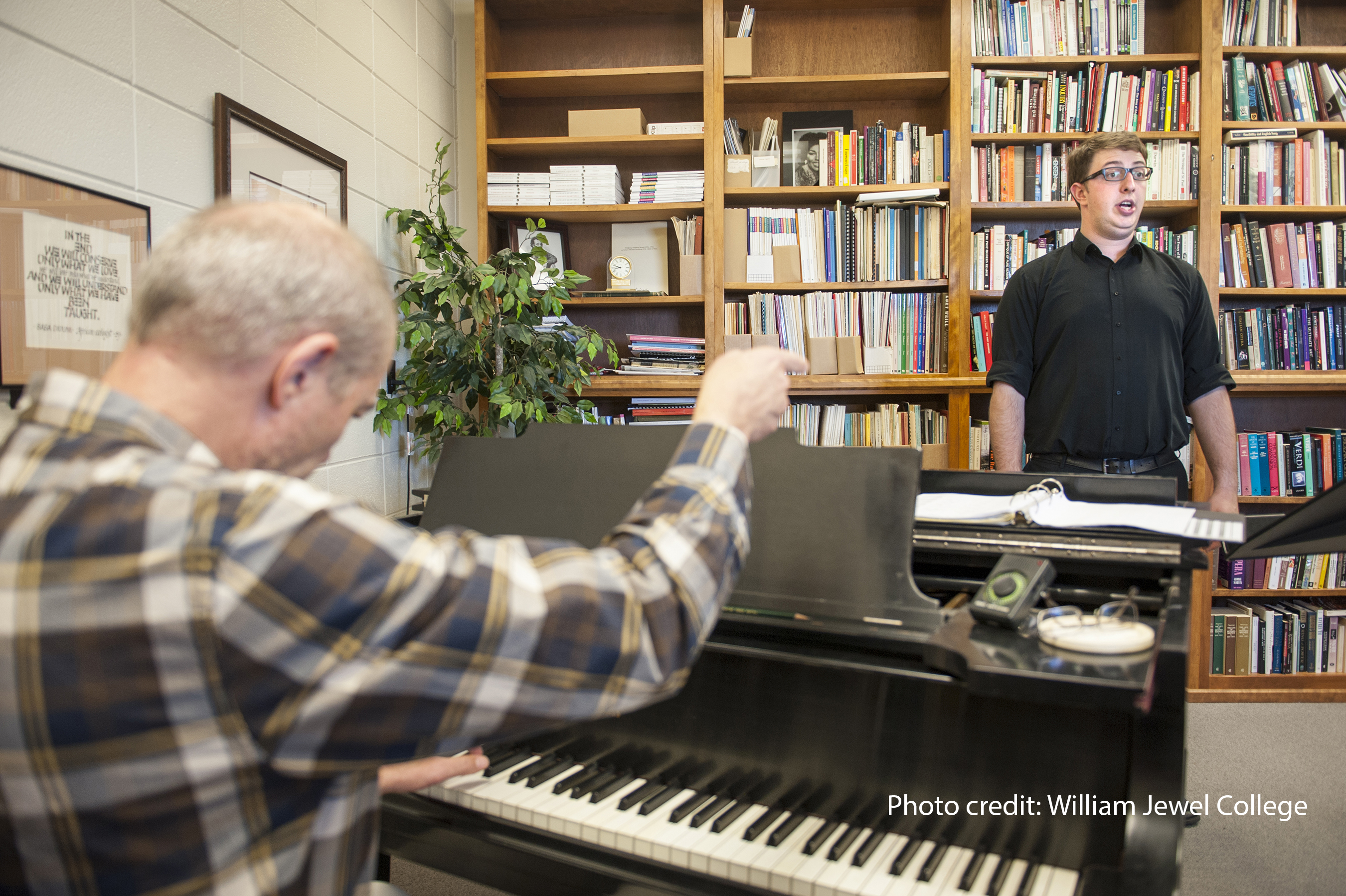At the Indiana University Center for Postsecondary Research, NSSE may be the most well-known project But, several related projects at CPR address other trends and issues in higher education, often complementing topics that NSSE emphasizes. In the fall of 2017, at the annual conference of the Society for Theory, Politics, and the Arts, a presentation using data from the Strategic National Arts Alumni Project (SNAAP) explored how participating in the arts-specific high-impact practices of creating a portfolio and working with an artist in the community were related to various educational, career, and community involvement outcomes for alumni with undergraduate degrees in the visual, performing, and applied arts.
There is a great deal of research on the benefits of participation in 'high-impact practices" (HIPs) in higher education, especially related to their influence on student learning and development (Kuh, 2008). To be considered an HIP, the activity necessitates a considerable amount of students' time and effort, offers structured opportunities for reflection and integrative thinking, provides substantive feedback from faculty, provides opportunities for learning outside of the classroom, incorporates meaningful contacts with faculty and peers, and involves interactions with diverse others (Kuh & O'Donnell, 2013). However, most HIPs emphasized in the higher education curriculum (i.e. learning communities, service learning, undergraduate research with faculty, internships, senior capstone projects or culminating experiences, and study abroad) are not discipline-specific.
This study explored whether working with an artist in the community and use of portfolios can be considered discipline-specific HIPs for the arts, using data from 43,515 undergraduate-level arts alumni from the 2015 and 2016 SNAAP administrations. SNAAP is an online alumni survey designed to collect data annually about the educational experiences and careers of alumni from art and design colleges, conservatories, and arts schools, departments, and programs within comprehensive universities. Ordinary least squares and binary logistic regression models controlling for relevant demographic and institutional characteristics found that working with an artist in the community and creating a portfolio were significant predictors of several different educational, career, and community involvement outcomes, although the magnitude of the relationship varied greatly depending on the outcome.
Specifically, working with community artists and creating portfolios affected the following outcomes: skills gained during time at institution; confidence in career-related abilities; time until first job after graduation; relevance of first job after graduation; current occupational field; current income; relevance of training to current occupation; recent community involvement in the arts; and performing or creating art in personal (non-work) time. After controlling for gender, race/ethnicity, parent artist status, parent education level, years since graduation, major, institutional type, institutional size, and overall institutional experience, the results showed that working with a community artist and portfolio creation during college were positive, significant predictors of nearly all outcomes. The only exception to this pattern was working with a community artist, which did NOT significantly predict current income.
The findings from the regression analyses were also supplemented through a cursory review of several open-ended text box responses from the SNAAP survey. When reflecting on how their educational experiences might have been improved, several alumni recognized that portfolios and working with community artists might have enhanced their skills and knowledge:
- "There was NO training in developing a portfolio or how to do the “business of art.” That was the worst part of my education! We should have been taught what to include in a portfolio. I never SAW an artist's portfolio until after I graduated. I had no idea what one was."
- "It would have been great to have a required class for art majors that taught us how to put together a portfolio for various purposes–as well as how to market that portfolio to various audiences. Having us take it in the final year of undergraduate studies would serve as a good transition to post-grad life, even for people like me who go into non-art fields."
- "There should have been more collaboration with local artists and other art students"
- "There wasn’t a lot of interaction with the local art community. I would have loved to know who my local artists were at that time to get wisdom and guidance from them."
The findings from this study provide evidence for the consideration of working with an artist in the community and creating a portfolio as discipline-specific HIPs. This unique conceptualization might further inspire HIP research for other major fields as well. Furthermore, the use of alumni rather than student data offers a distinct advantage when connecting HIP participation to outcomes beyond student learning and persistence. Collecting information from alumni can provide rich information that goes past the educational experience, also exploring career outcomes and post-graduate community involvement. Additionally, expanding the understanding of "successful" alumni outcomes beyond just income and employment rates and into areas such as the relevance of work to training and community engagement enriches our perspective on the value of higher education.
Kuh, G. D. (2008). High-impact educational practices. Peer Review, 10(4), 30-31.
Kuh, G. D., & O'Donnell, K. (2013). Ensuring quality and taking high-impact practices to scale. Peer Review, 15(2), 32-33.
Miller, A.L., Martin, N.D., & Frenette, A. (2017, October). High-impact practices and arts education: Can they predict educational, career, and community engagement outcomes? Paper presented at the International Conference of Social Theory, Politics, and the Arts, Minneapolis, Minnesota.


